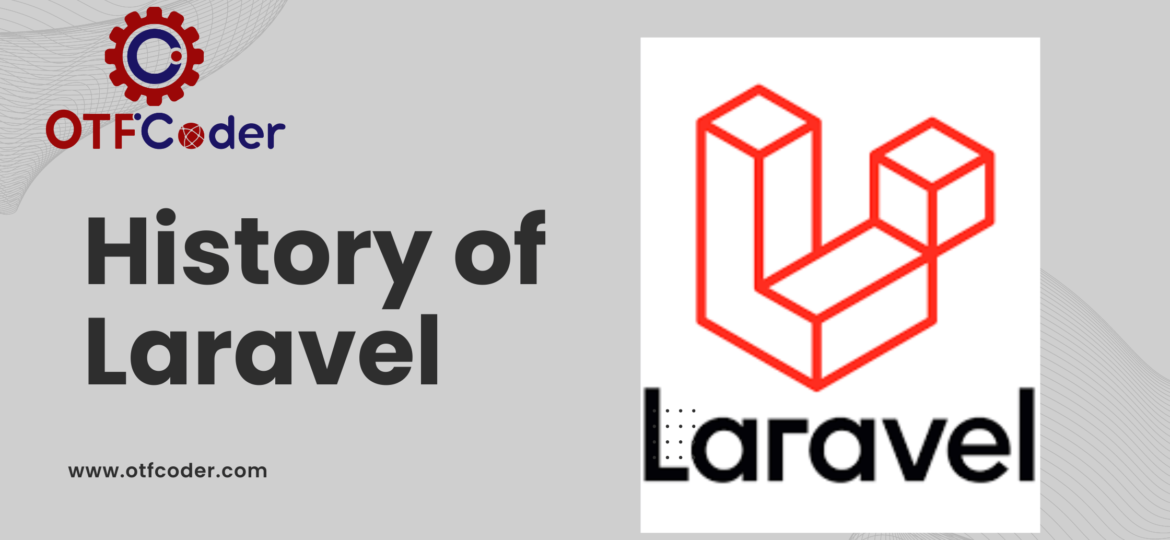History Of Laravel

History of Laravel
Laravel is a popular open-source PHP framework that is used to develop web applications. It was first released in 2011 and has since become one of the most popular PHP frameworks available. In this blog, we will explore the history of Laravel and how it has evolved over the years.
The Birth of Laravel
Taylor Otwell, a web developer from Arkansas, created Laravel in 2011. The framework was initially developed as a response to some of the shortcomings of CodeIgniter, another PHP framework. Otwell aimed to create a framework that was easy to use, elegant, and had powerful features.
Laravel 1
The first version of Laravel was released in June 2011. It was a basic framework that included features such as routing, views, and controllers. Laravel 1 also included support for database migrations, which made it easier to manage database changes over time.
Laravel 2
Laravel 2 was released in September 2011. This version of the framework introduced a number of new features, including support for plugins and improved support for Composer, a PHP package manager.
Laravel 3
Laravel 3 was released in February 2012. This version of the framework introduced a number of new features, including support for packages, improved error handling, and a new Blade templating engine. The Blade templating engine made it easier to create reusable UI components.
Laravel 4
Laravel 4 was released in May 2013. This version of the framework included a number of major changes, including a new IoC container, improved support for Composer, and a new Eloquent ORM. The Eloquent ORM made it easier to work with databases and provided a more intuitive way to interact with database records.
Laravel 5
Laravel 5 was released in February 2015. This version of the framework introduced a number of major changes, including a new directory structure, support for middleware, and improved support for testing. The directory structure made it easier to organize application files, while middleware provided a way to modify HTTP requests and responses.
Laravel 6
Laravel 6 was released in September 2019. This version of the framework introduced a number of new features, including support for Laravel Vapor, a serverless deployment platform, and improved support for subqueries.
Laravel 7
Laravel 7 was released in March 2020. This version of the framework introduced a number of new features, including support for custom casting, fluent string operations, and improved support for Blade components.
Laravel 8
Laravel 8 was released in September 2020. This version of the framework introduced a number of new features, including support for model factories, improved support for routing, and a new Jetstream package for building authentication and user management features.
Conclusion
Laravel has come a long way since its initial release in 2011. The framework has evolved significantly over the years, with each new version introducing new features and improvements. Today, Laravel is widely used by developers and businesses around the world. If you are looking to build a web application using Laravel, there are many Laravel development companies and Laravel development services available. You can also hire Laravel developers to build your application. With its powerful features and intuitive syntax, Laravel is a great choice for building web applications.






